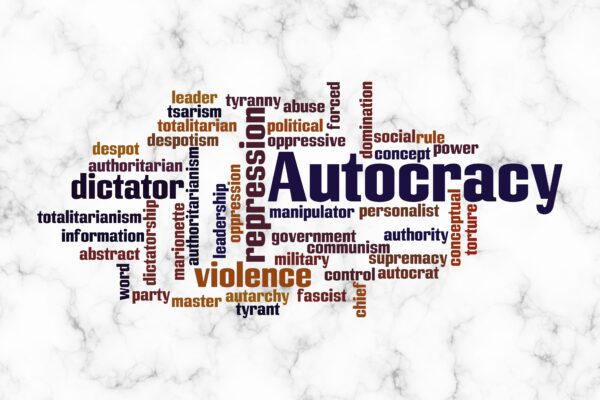*Evan Osnos
We live in a time where there is a significant focus on achieving diversity, particularly in the workplace. We know that diversity in all its forms brings about an overall improved experience. It challenges groupthink which can stymie innovation; it broadens the knowledge and culture set of the pool of employees. By embracing difference we expand our personal horizons and, I believe, increase our levels of tolerance which, in turn, allows us to be more open to even more ideas of variation.
But by introducing difference we also, by definition, introduce challenge. There would be little benefit in building a team diverse by gender, ethnicity, culture or age if the discussion of the group reflected a team lacking in diversity. Challenge, however, brings about its own issues. I have been in many meetings where a genuine question posed by one individual has been interpreted as a dig or attack by another, resulting in emotional barriers raised and the debate either fading or turning personal and accusatorial. And that experience is rarely left behind in the meeting room and can often fester and result in resentment and animosity around the office.
The challenges with building diversity are no secret, indeed there is a whole industry of books and publication offering help about how to manage people within a diverse setting. The latest edition of the Harvard Business Review[i] in its piece ‘DEI gets real – How to walk the talk of diversity, equity and inclusion’ cites four such publications that each offer strategies on building and managing diverse teams. The summary is that we shouldn’t assume it is easy and that the reality is that it takes hard work but that effort is worthwhile and the rewards can be incredible.
As is often the case when putting pen to paper each Wednesday, the catalyst for the thought has actually morphed into something quite different. On this occasion the catalyst was the House of Commons Committee stage of the Down Syndrome Bill, which I tuned into as it took place this morning. There were a number of features that struck me from the meeting. First, it was brief – only about 30 minutes. But most importantly and although the committee was comprised of politicians from all the major parties, there was complete agreement on the course of action being proposed. It was as if the realisation of achieving the major goal of getting the Bill through the Parliamentary process was worth giving up the usual cross-party antagonism or nit-picking on small principles.
So perhaps there are times where a coalescence of thought leading to consensus can be a good thing – we shouldn’t feel the need to debate for debate sake.
[i] Harvard Business Review, January – February 2022, pp.150-151






